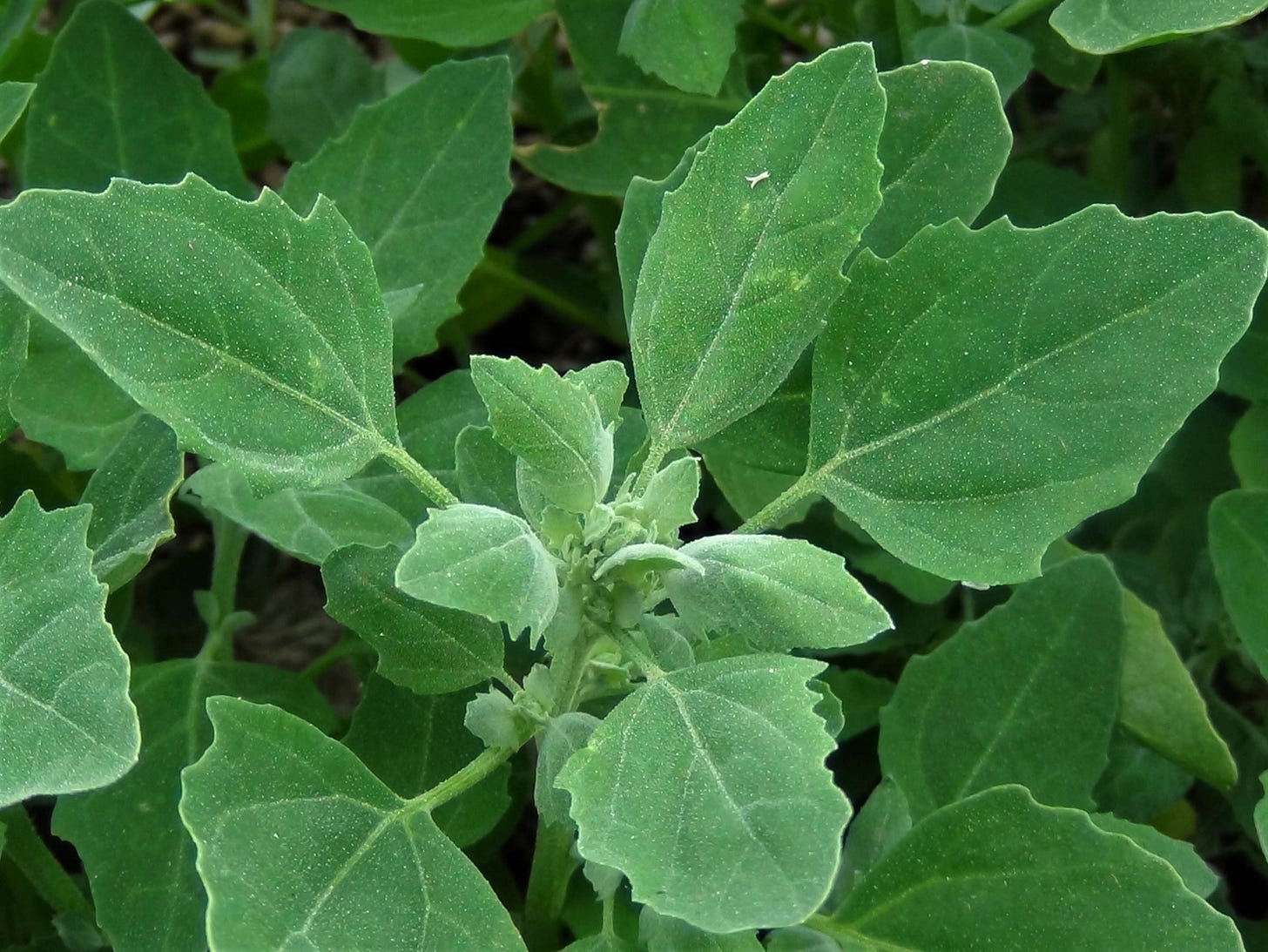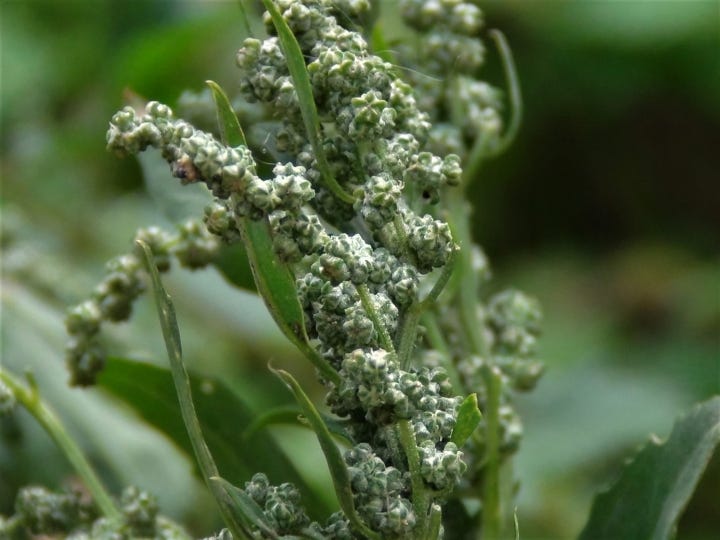Blame last year’s crappy weather.
The horses spent most of their spring season sequestered away in their stables, bored out of their skulls and making do with dried hay for dinner, (their outdoor paddock under several inches of water)…instead of munching fresh green grass in open fields.
For Steve and me, that turn of events meant horse poo mixed with far too much woodchip, for our composting preferences. Big chunky stable chippings take years to break down, you see; we need finished compost long before that. We therefore prefer the unadulterated poo straight from the great outdoors, whenever possible.
Poo connoisseurs, we are.
Added to the dearth of useful poo, the weather itself was unrelentingly cold and wet. Exactly what you don’t want for hot, rapid compost production. The result? Bigtime compost shortage for the spring/summer growing season.
In desperation we turned to Andrew, our organic farmer friend. ‘Yes, I have a bit of compost for sale,’ he said, ‘but it’s not very good. It was left uncovered for a few months, so it’ll have some weed seeds in it.’
Some weed seeds, I thought. Not ideal, but hey…how bad can it be? And with that, the sale was made.
Q: How bad can it be?
A: Bad. Really, really bad.
With that compost purchase, we imported a ton of new weed types we’d never seen before onto our land, and in truly frightening numbers, to boot. It’s a lasting legacy; our garden (already no stranger to fairly daunting weed growth) will never be the same.
‘Well I did say,’ commented Andrew with a grimace, when he heard the news.
Yes. He did say. Sort of.
But no matter. There’s a powdery silver lining to the story…because one of those incredibly vigorous new weeds was fat hen.
Chenopodium Album, AKA goosefoot, AKA lamb’s quarter. In the US, it’s romantically known as pigweed.
Whatever you want to call it, fat hen is a truly delicious wild veg, raw or cooked. The leaves, young shoots, flowers and seeds are all edible, tasty, and nutritious as all get-out. Fat hen is rich in vitamins A and C, and minerals like calcium, iron, phosphorus and potassium, plus it’s got antioxidant properties. The seeds are high in protein, as well—but we’ll come back to those in a minute.
Like so many wild-foraged ‘weeds,’ fat hen has been widely used medicinally. It’s a mild diuretic with anti-inflammatory properties. Its powdery silver-green leaves have been used, among other things, to treat digestive disorders.
It’s an all round good egg, basically. Except in your garden, of course, where it’s a fricken nightmare…but hey. Nobody’s perfect, right?
Back to the seeds: These nutritious little babies can be cooked as a grain—similar, in fact, to quinoa, which is a close cousin in the same Chenopodium family—or they can be ground into flour.
But I know alittle something about the frustrating timesuck of trying to separate teeny tiny grain seeds from mountains of chaff. Seriously, you don’t want to go there.
Why not do this lovely thing instead: Harvest the green, unripe flowering seedheads early in the season, and eat the whole thing. They say it tastes just like cauliflower. I plan to find out, this season.
Anyway, the point here, beyond its many virtues as a wild veg and medicinal plant, is that you don’t have to do anything at all to grow it. In fact, I dare you to try and get rid of it. Cut it down a thousand times, pull it out by the roots. It’ll be back next week, more vigorous than ever.
Last year we harvested and ate tons of it, finding it far tastier than spinach. It proved virtually indestructible as a ‘cut and come again’ crop, happily surviving everything we, and the crappy weather, could throw at it.
With all of the above in mind, this year we decided to dedicate one of our outdoor beds exclusively to growing fat hen as a proper crop.
Fat hen as an annual veg crop
Did we carefully save seed from last year’s plants, you ask? Start them off as seedlings in module trays? Enrich and protect the overwintered soil of the bed with a fresh layer of compost?
Nope, nope and nope. All we did was not weed that bed. After the autumn harvest and clearance of whatever was in it, we purposely left that bed to its own devices.
Aaaand…here’s that same bed now. Something like 10 fat hen plants per square inch, plus one self-seeded chard volunteer. (I probably should’ve thinned them all out a bit when they were younger, to give the strongest plants a better chance. But let’s be real. The empty spaces would’ve quickly been filled up by…you guessed it. Yet more fat hen seedlings.)
Funnily enough, we grew a close relative of fat hen last year—like, on purpose, from purchased seed—called Huauzontle, or Aztec broccoli. Latin name Chenopodium Nuttalliae.
It was ok. Not nearly as vigorous or easy to grow as fat hen itself, and frankly nowhere near as tasty. So…honestly, why bother, when you can have brilliant veg that grows itself? That’s what I say.
Anyway, the last of my overwintered spinach has all been harvested this week. By next week, (if last year is any indication) we can look forward to bountiful, nonstop fat hen harvests for the rest of the spring/summer season.
Plus it’s the only bed there’ll be no need to weed!
And now for fat hen of a very different sort…
I’ll leave you with a video clip of all 5 fluffballs enjoying a combination communal dustbath/all-you-can-eat cafeteria, in one of my raised beds. Ah, the simple pleasures.
See you soon.








Love love LOVE my Lambsquarters! My greenhouse beds look a lot like yours!
Yup. Pigweed. Amazing what nature offers. Astounding that it’s so often ignored or attacked.